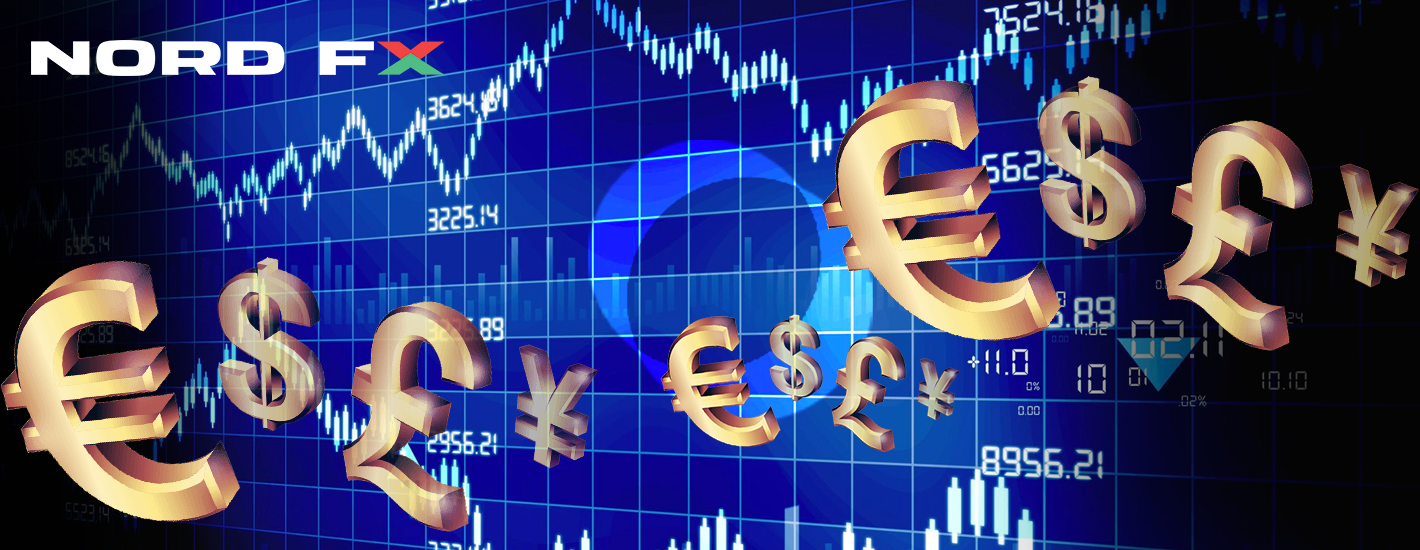First, a review of last week’s forecast:
- Let us recall that in the forecasts regarding EUR/USD, most experts (70%), supported by graphical analysis on H4, spoke about the possible decline of the pair to 1.1100. The forecast proved correct, with the pair having lost about 120 points in the course of the week. However, it ended up being 65 points short of the named target, having only managed to reach 1.1165 before turning and arriving at 1.1195;
- It is clear that the behavior of GBP/USD last week was determined by the snap parliamentary elections in the UK, the outcome of which was quite unexpected and rather unpleasant for the governing Conservative Party. Note that the forecasts of financial analysts we published last week turned out to be much more accurate than any voting polls. Recall that our experts expected the fall of the British pound first to 1.2765 and then to the support at 1.2600. Allowing for standard error adjustments, this is exactly what ended up happening: on Friday, the pair reached the local bottom at 1.2633, after which it gained back just over 100 points. It finished the five-day period in the 1.2740 zone;
- USD/JPY. Last week, we were unable to give a clear-cut forecast for this pair. The scenario closest to reality turned out to be that described by graphical analysis, which talked about an initial fall of the pair to the support at 110.00 (in reality, this level ended up being 109.10), and then a reversal and subsequent growth to 111.00 (in reality, the growth was to 110.80). The net movement following the week’s activity is virtually zero: the pair finished almost at the same level, where it started;
- USD/CHF. Boiling down the results of technical and fundamental analysis last week, in general, the leanings of both indicators and analysts were bullish: everyone expected the pair to grow. The question was only about how much the pair would actually grow: whether sharply to the landmark level of 1.0000, or more modestly to 0.9760. The pair, as expected, departed northwards. However, it struggled to cover as little as 100 points, reaching only 0.9725 by Friday. After this, the strength of the bulls dried up, and the pair slipped to 0.9690.

As for the forecast for the coming week, summarizing the opinions of analysts from a number of banks and broker companies, as well as forecasts made on the basis of a variety of methods of technical and graphical analysis, we can say the following:
- EUR/USD. On one hand, last week the pair reached a powerful support level of 1.1165, which was followed by a small rebound. This, however, begs the question of whether this rebound represents 1) a shift of a bearish trend to a bullish one, or 2) a mere correction after which the pair's downward movement will continue.
Both trend indicators and the oscillators on D1 have taken a neutral stance. As for the graphical analysis on H4, it insists the pair will rise and return to the 1.1240-1.1285 zone.
Experts have taken a diametrically opposite position: 70% of them, supported by graphical analysis on D1, believe that the pair will continue moving southwards, dropping first to the 1.1000-1.1100 zone and then to 1.0825.
And, of course, we mustn’t forget that on Wednesday, 14 June, the US Federal Reserve is expected to decide on the interest rate. The forecasts do not anticipate anything extraordinary to happen, but if a rate increase (or even a hint at a future increase) occurs, one should expect a stormy market reaction which may make the dollar seriously strengthen its position; - As for the future of GBP/USD, technical analysis is still sidelined by politics and what will happen in the UK’s power structures in the coming days.
As for the graphical analysis on D1, it predicts an initial growth to 1.2980 and then a drop first to 1.2770 and then to 1.2650. Indicators and almost 85% of analysts agree with this, believing that by mid-summer the pair should drop to 1.2550; - USD/JPY. This week, experts, graphical analysis and indicators demonstrate extraordinary unanimity. For the next few days, they expect a sideways trend in the 110.25-111.00 range. In the longer term, the pair is expected to rise to 112.00. It should be noted that in the medium term, more and more people are expecting the pair to grow. Currently, only 50% of analysts support a short term bullish scenario, whilst in the medium term this number already exceeds 75%.
An alternative, bearish point of view is represented by a mere 25% of experts who point to a local minimum in the 109.00 zone. Just one analyst believes the pair will fall to the April low at 108.00; - The last pair of our review is USD/CHF. Graphical analysis shows the continuation of its movement in the descending channel that had started in the beginning of 2017. This channel is clearly visible on the D1 and W1 charts. According to this forecast, the pair has now launched off the lower border of the channel (0.9610) and started an upward movement to its upper limit (0.9910). The main resistance on this path is 0.9810. Almost 85% of analysts agree with this. However, as usual, the pair’s behavior is largely dependent on what happens with EUR/USD;
To conclude the forecast, we believe it worthwhile to recall that, in addition to the aforementioned US Fed rate decision on 14 June, similar decisions of the Bank of Switzerland and the Bank of England are expected on Thursday, 15 June and the Bank of Japan on Friday 16, June.
Roman Butko, NordFX
Go Back Go Back
